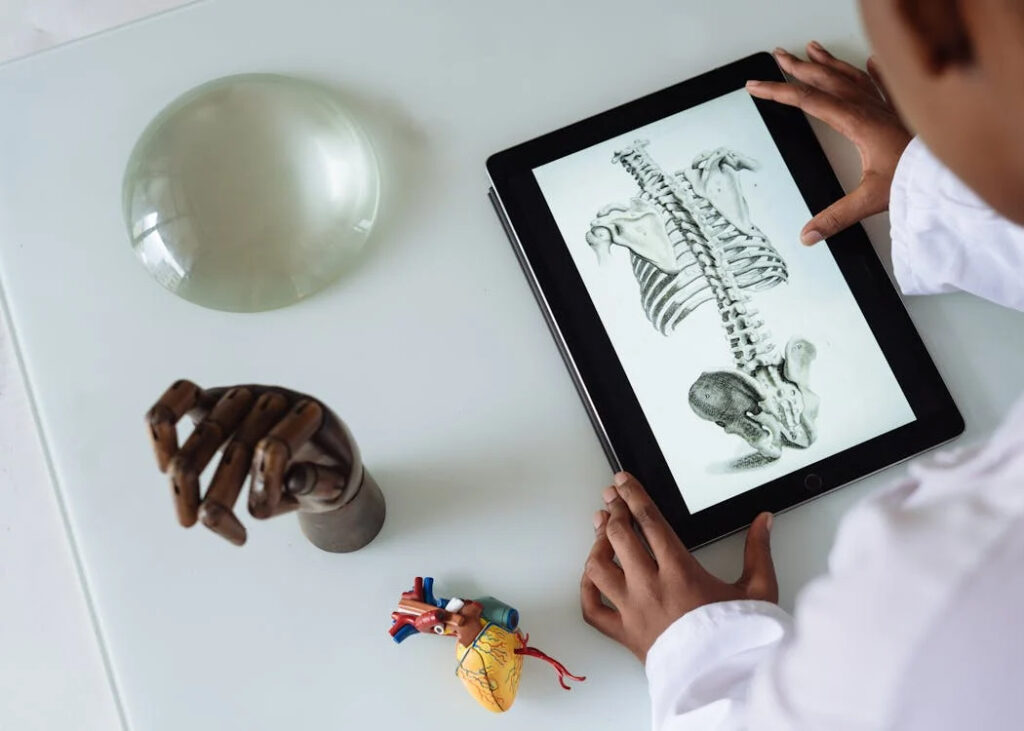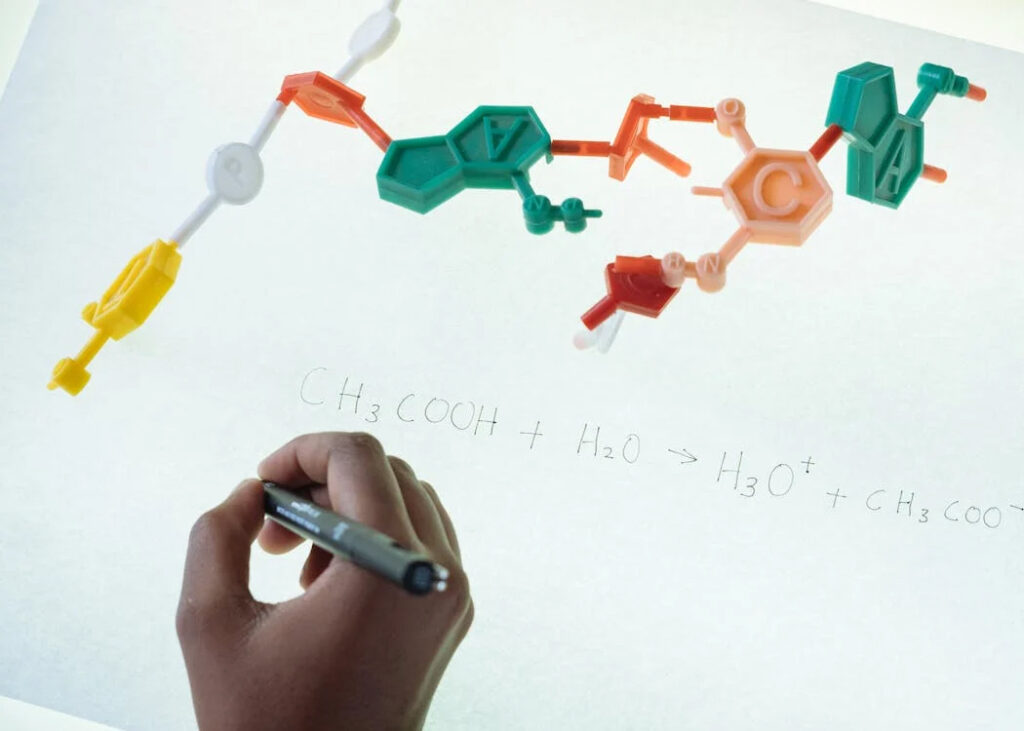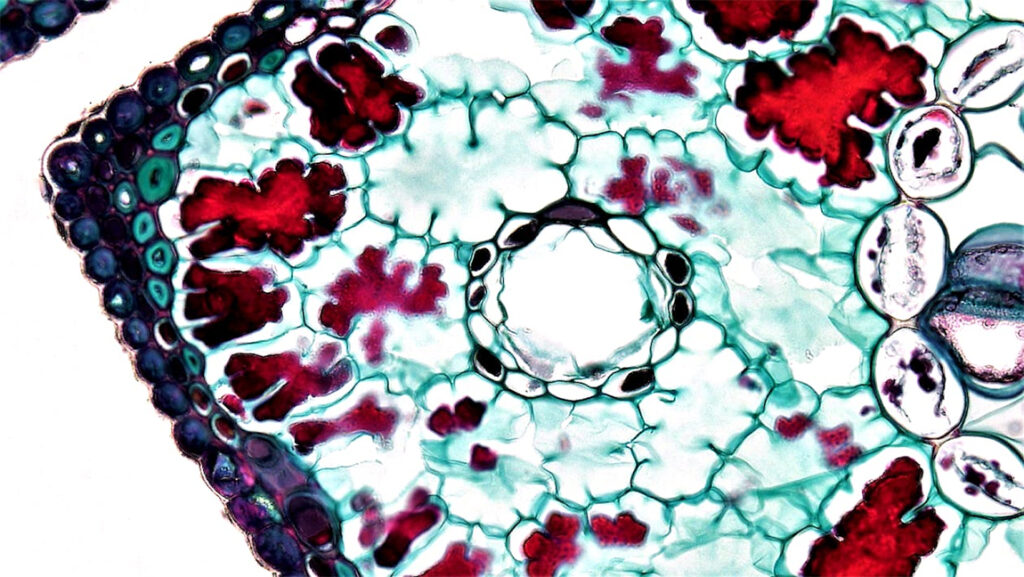Unlocking Tissue Mysteries: Introducing BANKSY AI for Precision Analysis

The intersection of artificial intelligence and biomedical research has yielded BANKSY, a transformative AI tool developed by A*STAR, Singapore. This software facilitates unprecedented precision in tissue analysis, enhancing drug discovery and diagnostic processes.
A Leap in Biomedical Research
Biomedical research is among the most rapidly developing fields in the modern world. The introduction of artificial intelligence into this sphere fundamentally changes the technique scientists use in their studies of the intricacies of human tissue functioning. On May 6, 2024, a group of A*STAR scientists in Singapore presented their novel AI software tool, BANKSY. It allows the computer to identify the different cell types in a tissue sample in an automated manner, which is a notable improvement over previous AI approaches. Its ability to analyze cell types based on molecular similarities and spatial context within the tissue brings new dimensions to tissue analysis, supporting drug discovery and diagnostics with unprecedented precision.
BANKSY’s Unique Capabilities in Spatial Omics

Spatial molecular profiling, or Spatial Omics, is a technology that empowers scientists to observe the intricate details of tissues at the molecular level. This technology not only pinpoints the location of biological molecules within cells but also maps the arrangement of these cells within the tissues. The introduction of BANKSY enhances this process by efficiently identifying subtle distinctions among cell groups and demarcating different functional areas within tissue sections. Such capabilities are crucial for a deeper understanding of tissue structure and function, particularly in complex layered structures like the human forebrain. With BANKSY, researchers can now accelerate their studies, leading to more effective diagnostics and therapeutic strategies for diseases ranging from cancer to neurological disorders.
Impact on Disease Understanding and Treatment
The application of BANKSY in research holds promise for transformative impacts on healthcare. By providing a clearer picture of tissue organization and cellular behavior in diseases, BANKSY aids in the development of targeted treatments and personalized medicine. For example, at the National Cancer Centre Singapore, BANKSY is being utilized to identify specific cells that facilitate tumor growth and metastasis. Identifying these key players enables the development of novel drugs that target and potentially halt the progression of cancer. Furthermore, BANKSY’s rapid and scalable analysis of large datasets enhances its utility in merging samples from different patients, which is invaluable in creating comprehensive models of disease progression and treatment response.
Pioneering Future Medical Breakthroughs
BANKSY is not just a tool; it’s a paradigm shift in medical research. Independently benchmarked and recognized for its superior performance, BANKSY is setting new standards in the analysis of spatial omics data. According to Dr. Shyam Prabhakar of A*STAR, we expect BANKSY to become a “game-changing tool” in using the potential of new technologies to find more in-depth knowledge about tissue processes. The constant progress in AI, which finds expression in tools like BANKSY, will be critical to achieving a deeper understanding of the significant complexity of human biology. As a result, we expect to see new discoveries that could reshape patient treatment and improve the quality of life for many of them. Armed with such resources, researchers will be in a better position to investigate human tissues’ mysteries and find the cures for tomorrow.
